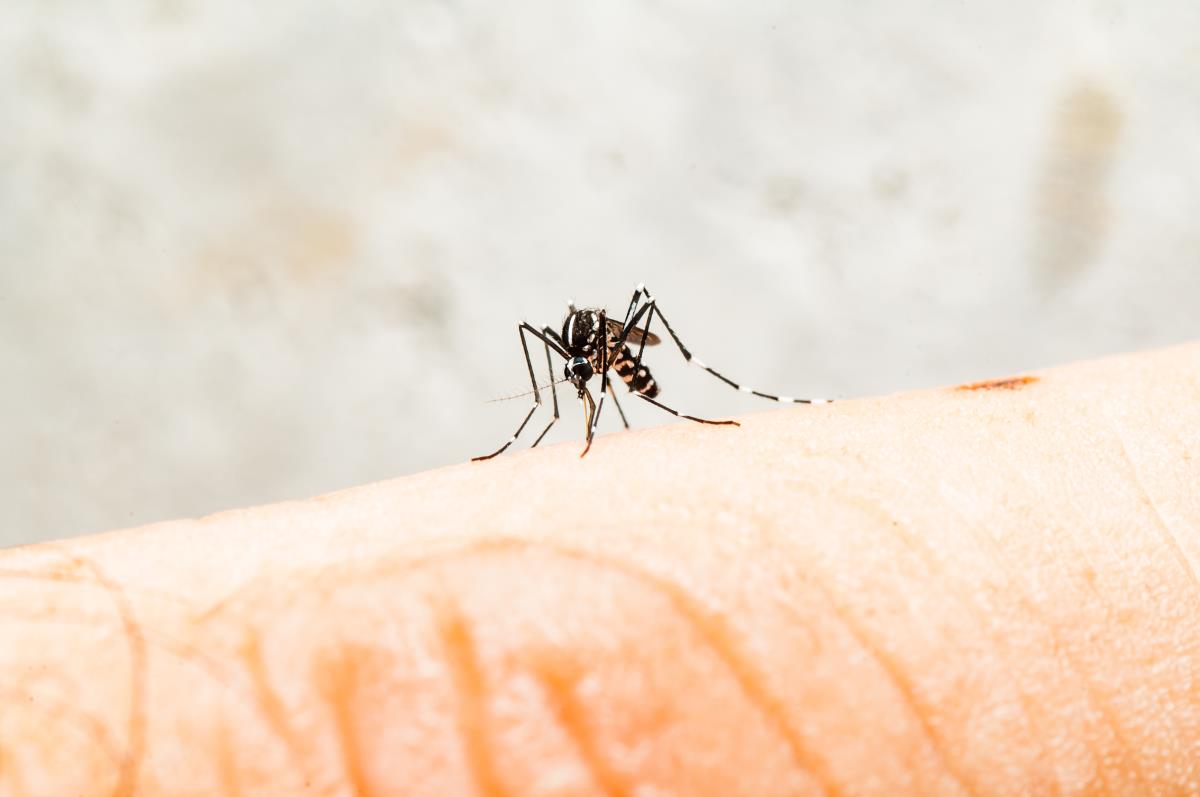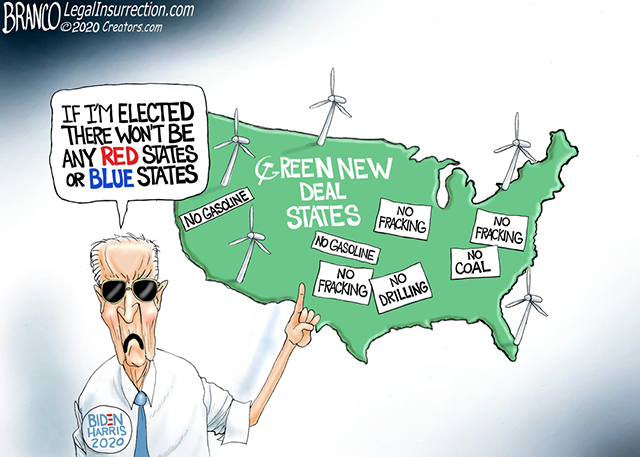Congress orders telecommunications companies to clean up TOXIC lead cables
07/17/2023 / By Ethan Huff

Hidden beneath the dirt of America’s vast landscape are many thousands of miles of lead-covered cables that Congress says are polluting water and soil, and thus must be removed.
Sen. Edward Markey (D-Mass.) wrote in a letter to USTelecom, an industry group that represents telecommunications giants like AT&T and Verizon, that the telecom industry must act now to clear the ground of these cables to avoid a public health disaster.
“The telecommunications companies responsible for these phone lines must act swiftly and responsibly to ensure the mitigation of any environmental and public health effects,” Markey said.
“The members of USTelecom that are responsible for these lead-sheathed cables have a duty – both civic and legal – to ensure that they do not put Americans in harm’s way.”
Markey has given USTelecom and its members until July 25 to answer a number of questions about the matter.
(Related: Clarios, the world’s largest lead battery company, claims that lead exposure is safe, despite mounds of science to the contrary.)
Democrats call for legislation to require lead cable remediation
Following discussions with the Environmental Protection Agency (EPA), Rep. Patrick Ryan (D-N.Y.) announced plans to introduce legislation concerning the remediation of lead cables from environments where they no longer belong.
An investigation found that many areas where lead-encased phone cables are either hung up on poles or in the ground are already contaminated with lead at levels exceeding regulatory safety guidelines.
One test conducted at a playground in Wappingers Falls, N.Y., a town in Ryan’s district located off the Hudson River, showed high levels of lead that had leached from old cables into the ground around the park’s perimeter.
In Ryan’s view, telecom companies need to “do the right thing and clean up their mess,” especially in areas like playgrounds where children frequent.
The Wall Street Journal conducted its own investigation into the matter, the results of which Ryan wants submitted into the record in testimony before a subcommittee of the House Transportation and Infrastructure Committee dealing with budget requests. At that hearing, the EPA is expected to testify.
“There is no safe level of lead exposure – none – which is why I’m so disturbed by these reports of lead cable lines throughout the country,” commented Rep. Frank Pallone, Jr. (D-N.J.), a ranking member of the House Energy and Commerce committee.
“It is imperative that these cables be properly scrutinized and addressed.”
In New Jersey alone, the Journal report found, more than 350 bus stops are located right next to or beneath aerial lead-covered cables. There are also 64 schools with aerial lead cables, including alongside Gregory Elementary School in West Orange where testing showed high levels of lead in soil.
Both USTelecom and AT&T have created websites to dispute the claims that lead-covered cables are putting public health at risk. They claim that the safety of these cables is backed by “science,” and that there is no need to remove them.
These websites also cite “studies” that supposedly back the cables’ safety, though none of them are actually listed for the public to review.
Verizon issued its own statement claiming that it is “taking these concerns regarding lead-sheathed cables very seriously” and is now testing sites where the Journal identified contamination.
“There are many lead-sheathed cables in our network (and elsewhere in the industry) that are still used in providing critical voice and data services, including access to 911 and other alarms, to customers nationwide,” Verizon added in a statement.
USTelecom, meanwhile, said it is “engaging with stakeholders” on the matter, adding that the U.S. telecom industry “prioritizes the health and safety of our communities and workers.”
More related news can be found at Pollution.news.
Sources for this article include:
Submit a correction >>
Tagged Under:
big government, cables, congress, Dangerous, Ecology, environment, EPA, Lead, metals, poison, real investigations, telecom, telecom industry, telecommunications, toxins
This article may contain statements that reflect the opinion of the author
RECENT NEWS & ARTICLES
COPYRIGHT © 2017 ECOLOGY NEWS




















